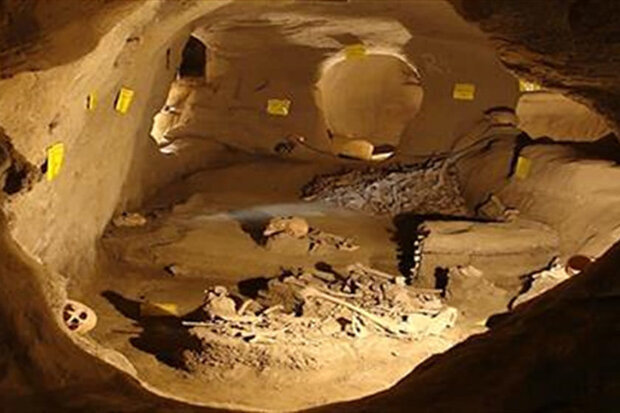Eshtehard rock-carved shelters gain place on national heritage list

TEHRAN – A group of hand-carved shelters situated in Alborz province has recently been registered in Iran’s national list for cultural heritage, the provincial tourism chief said on Sunday.
The rock shelters are scattered near the village of Qeshlaq-e Daylar in Eshtehard county, Rahim Khaki said.
So far, arrays of relics, including pottery vessels, have been discovered in the shelters during archaeological excavations conducted over the past couple of years, he said.
Most of the pottery discovered in this area date more than 1,000 years, specifically dating from the 3rd and 4th centuries of the Islamic era until the Safavid era, the official added.
However, there have been potteries related to the Parthian period, so some of the shelters may date back to more than 2000 years ago, he explained.
Troglodytic architecture is a distinctive method, which does not require major construction materials and consequently, very low environmental load since its creation is majorly by extraction of space rather than the addition of mass.
As there is no obligatory method for making spaces rather than material cohesion, there is no priority in constructing a troglodytic structure, either from the roof or from the floor. Dealing with stone blocks, rocks, and piles of the earth requires a variety of tools as an ax, hammer, chisel, and sledgehammer to shape the interior space.
AFM
Leave a Comment